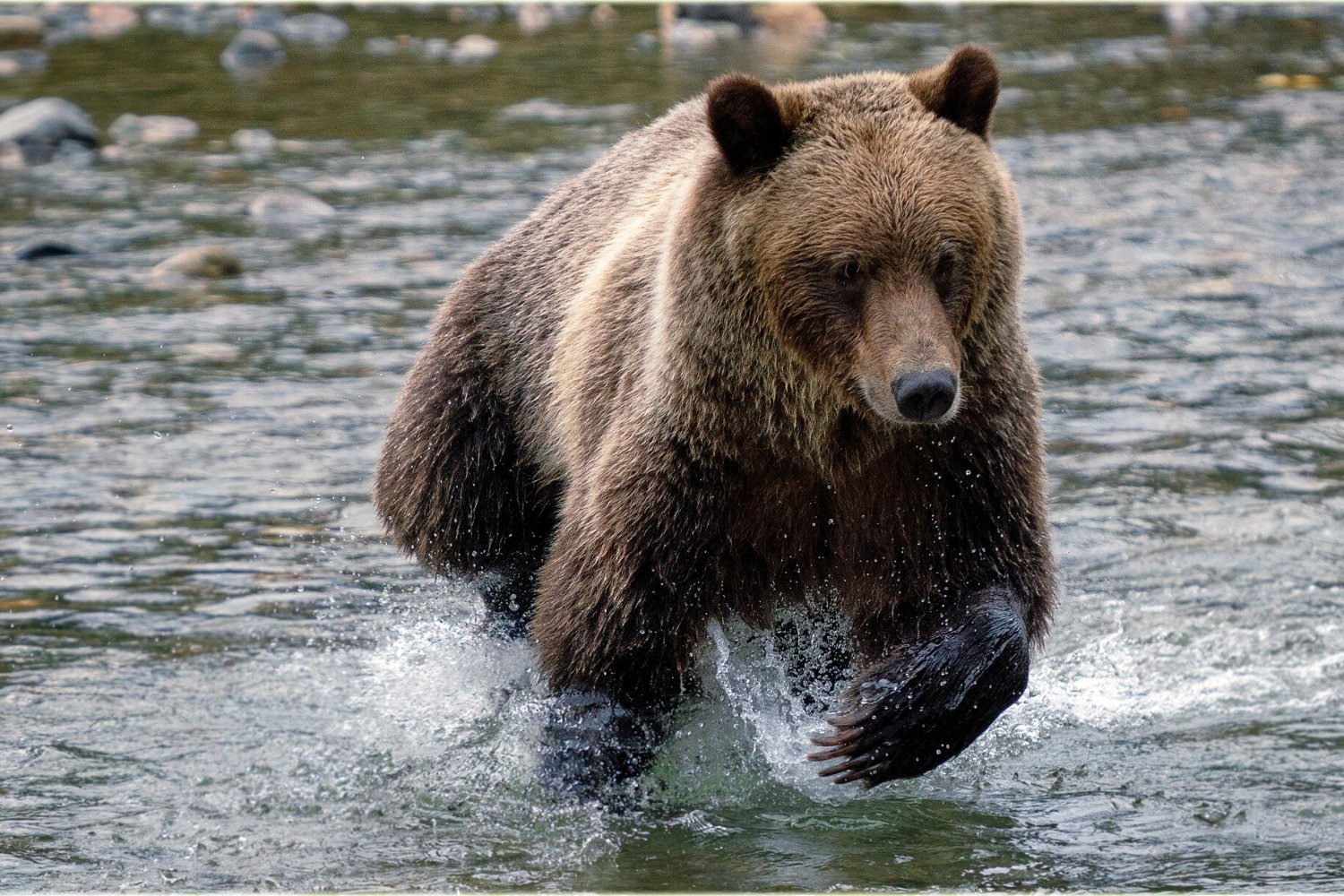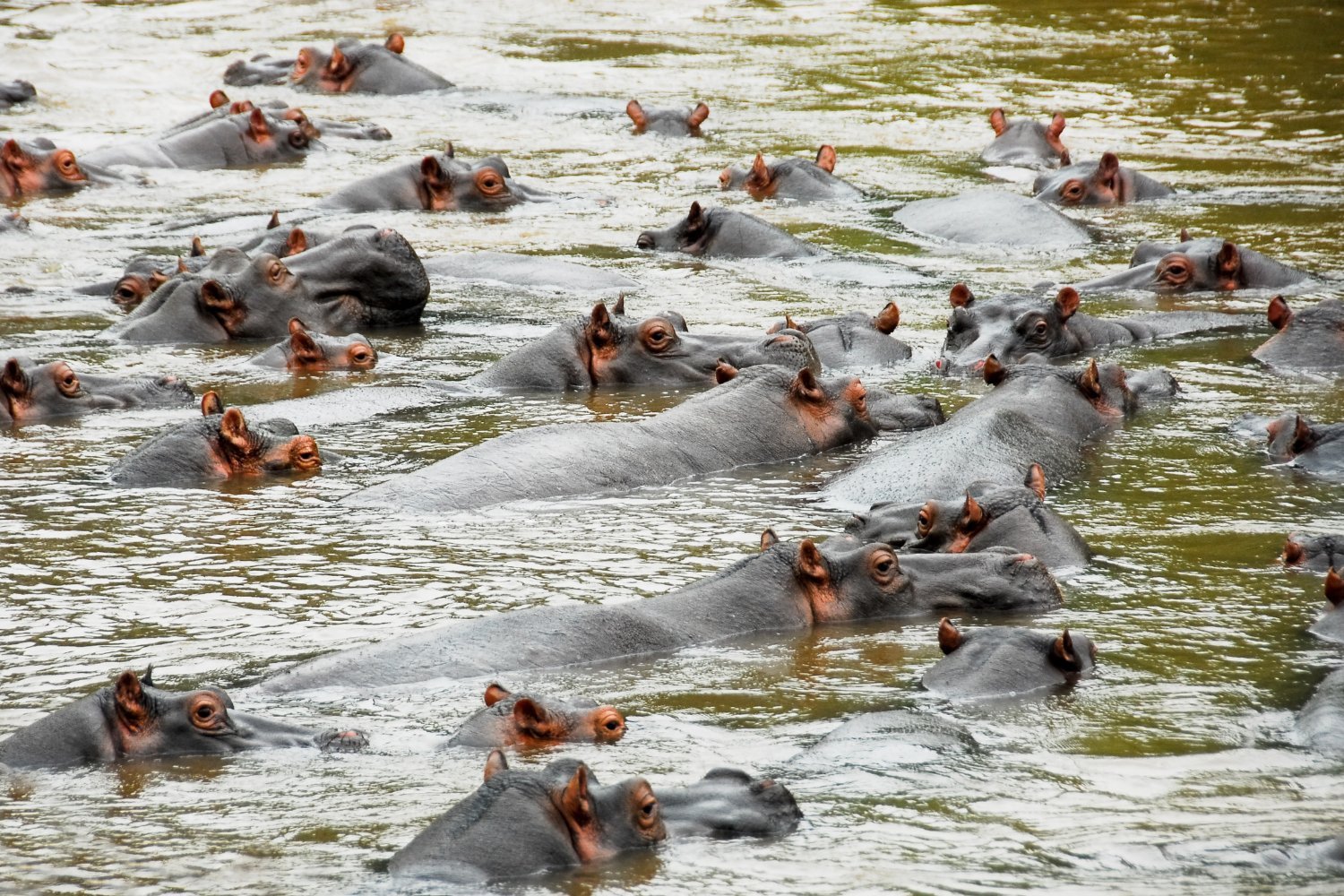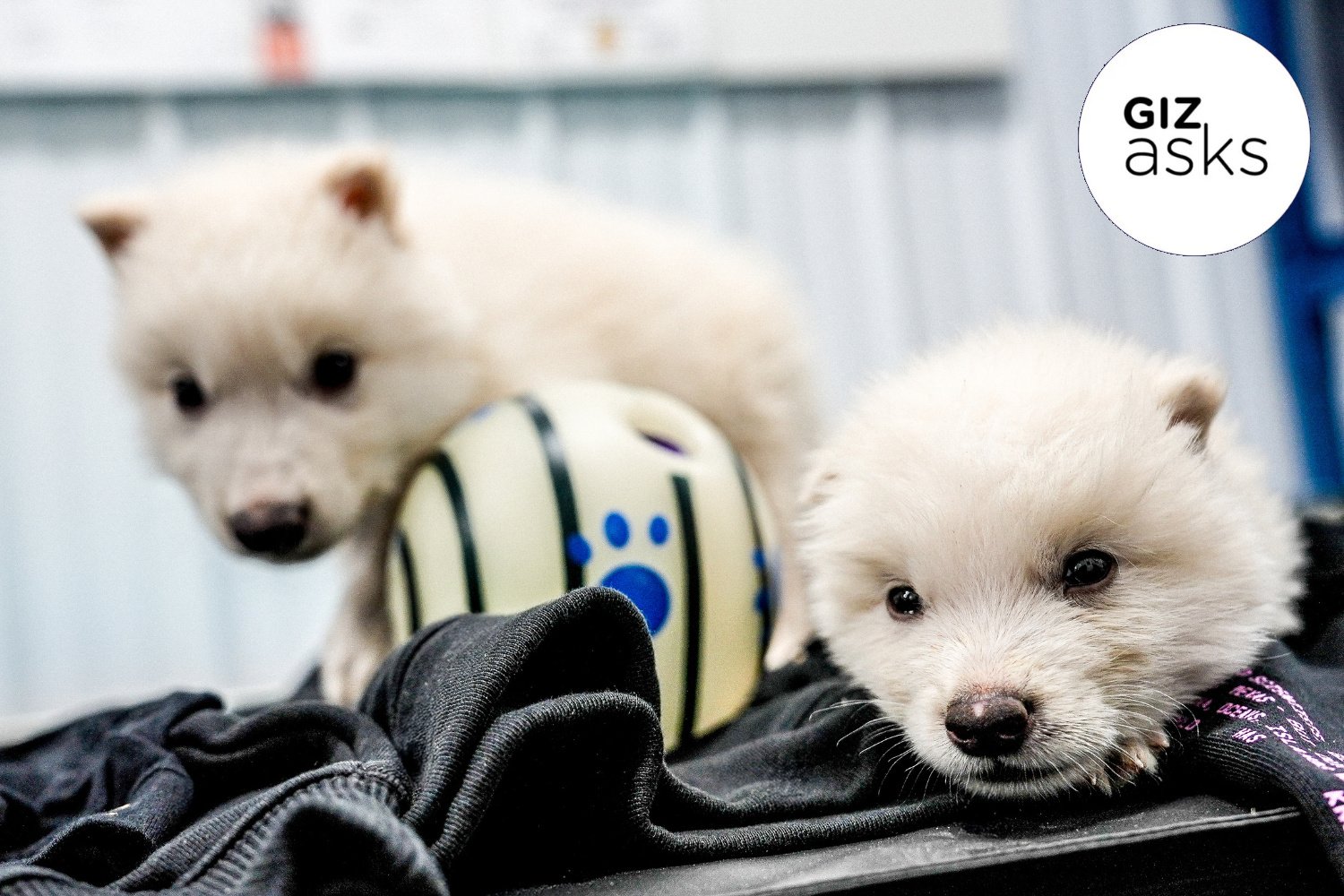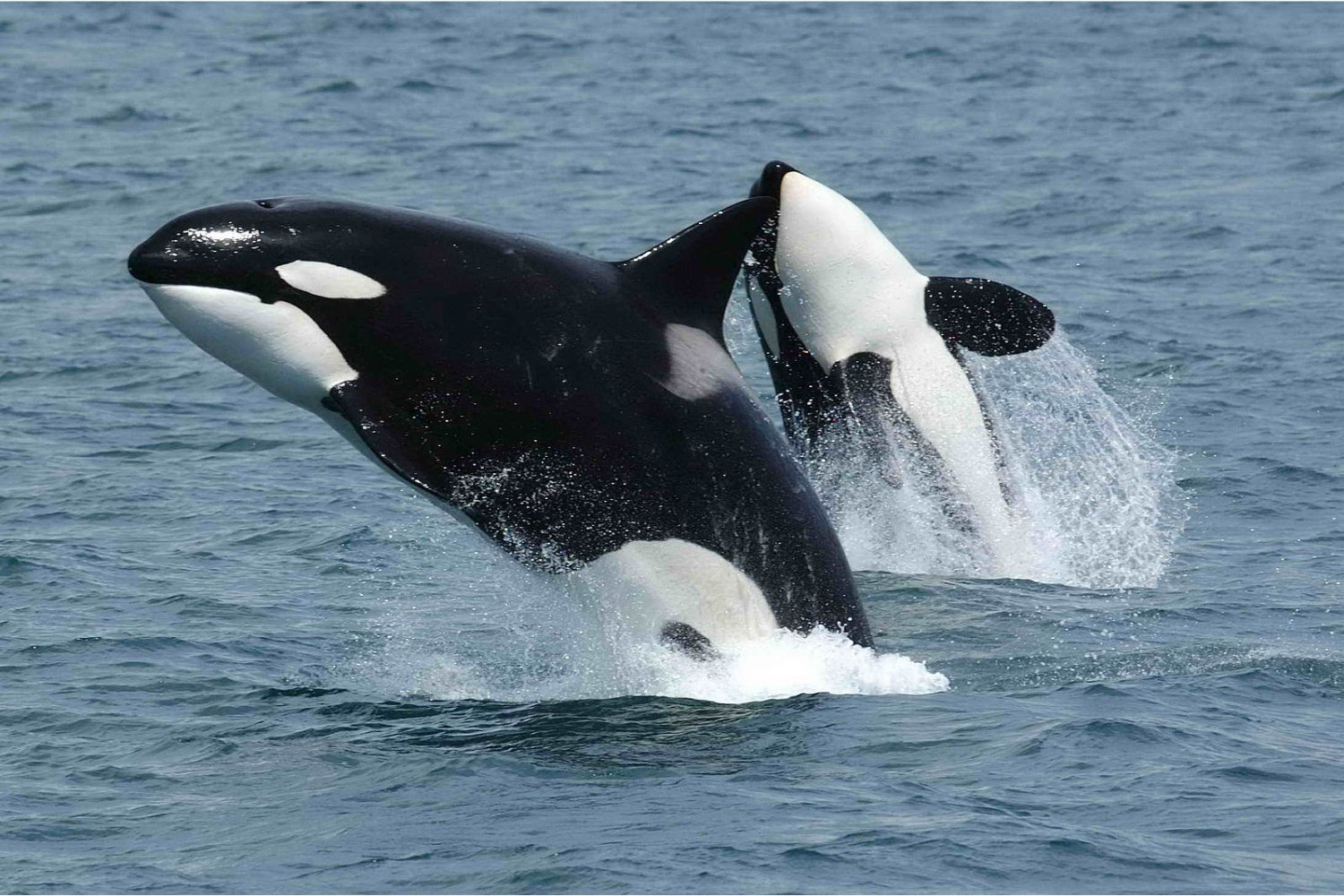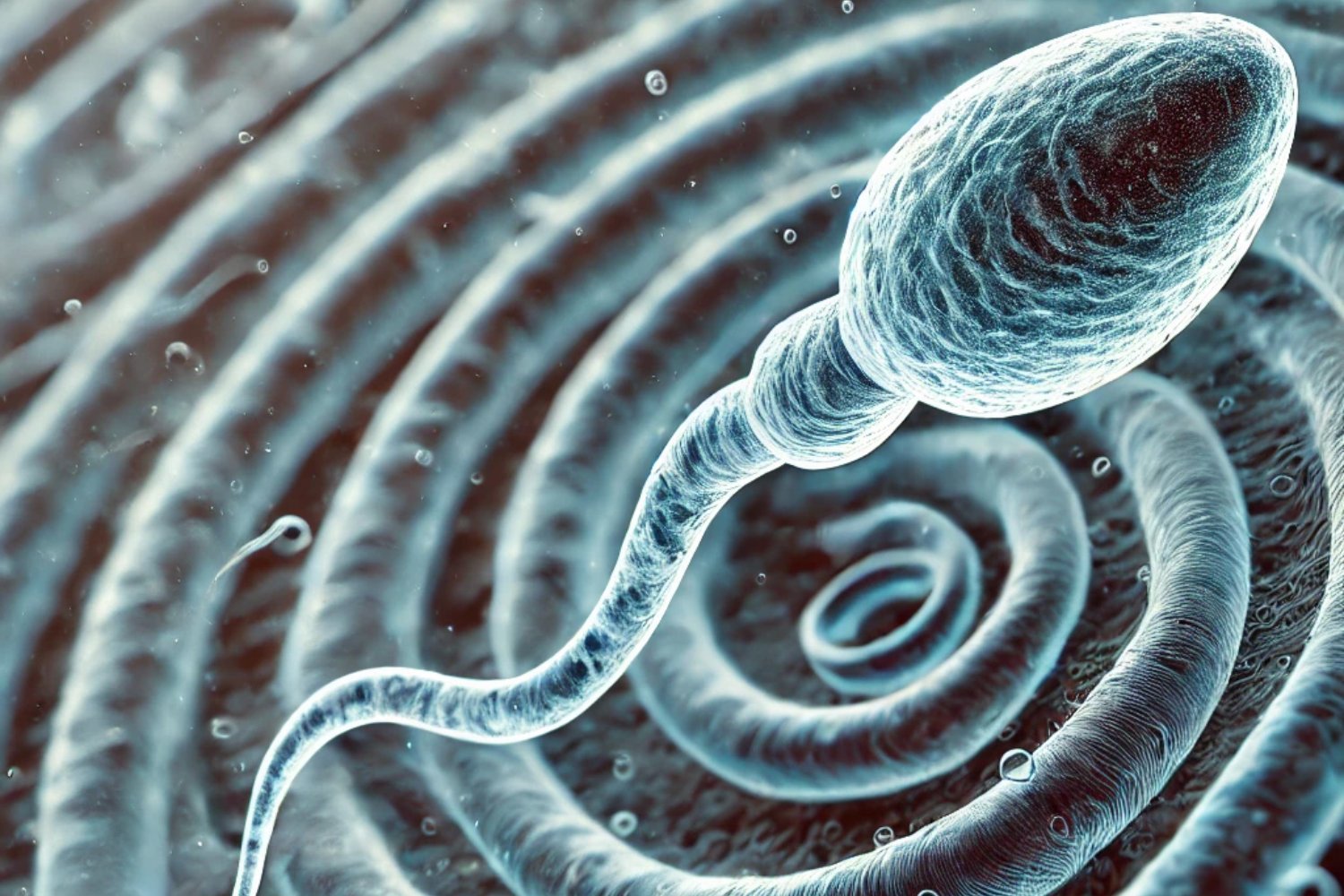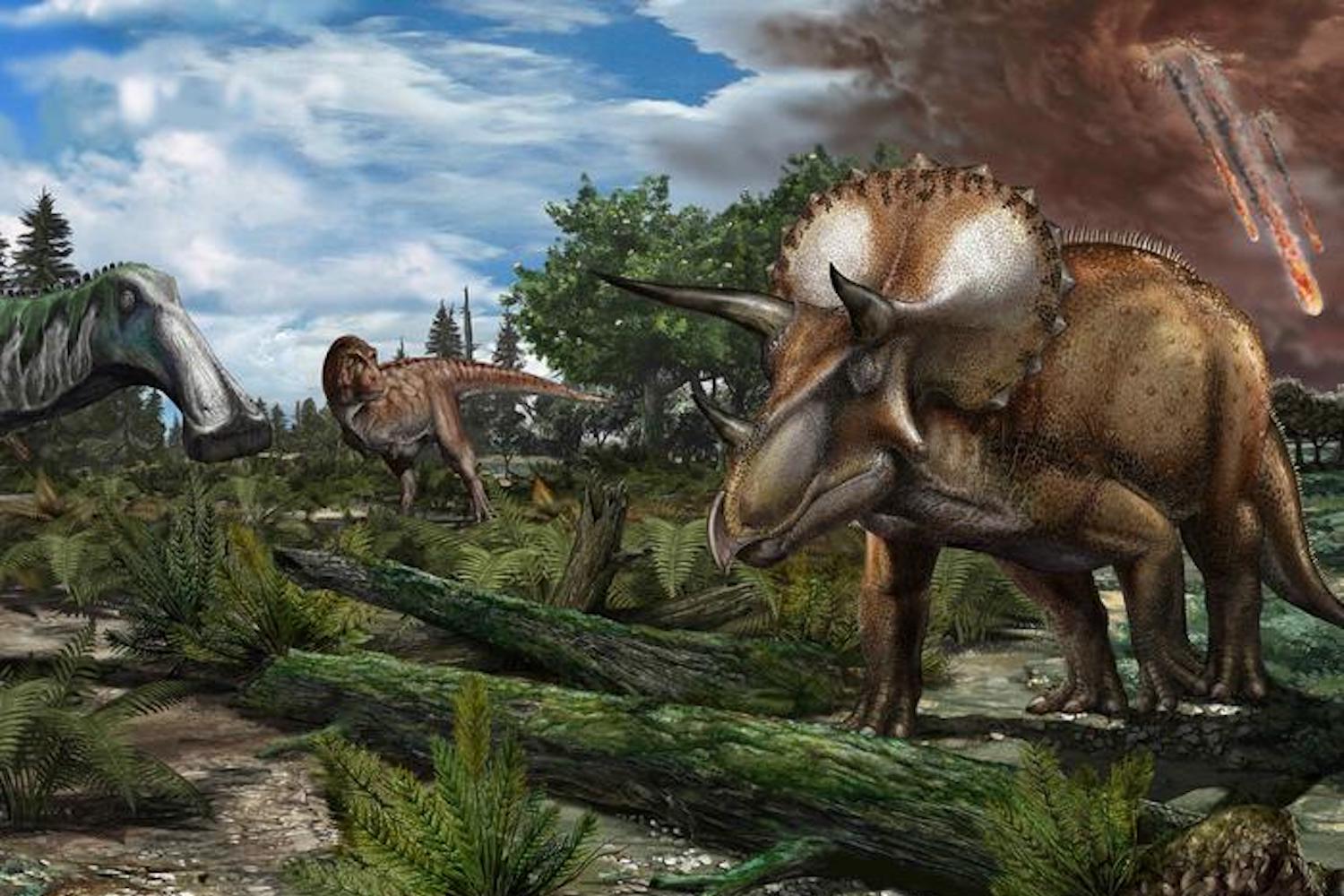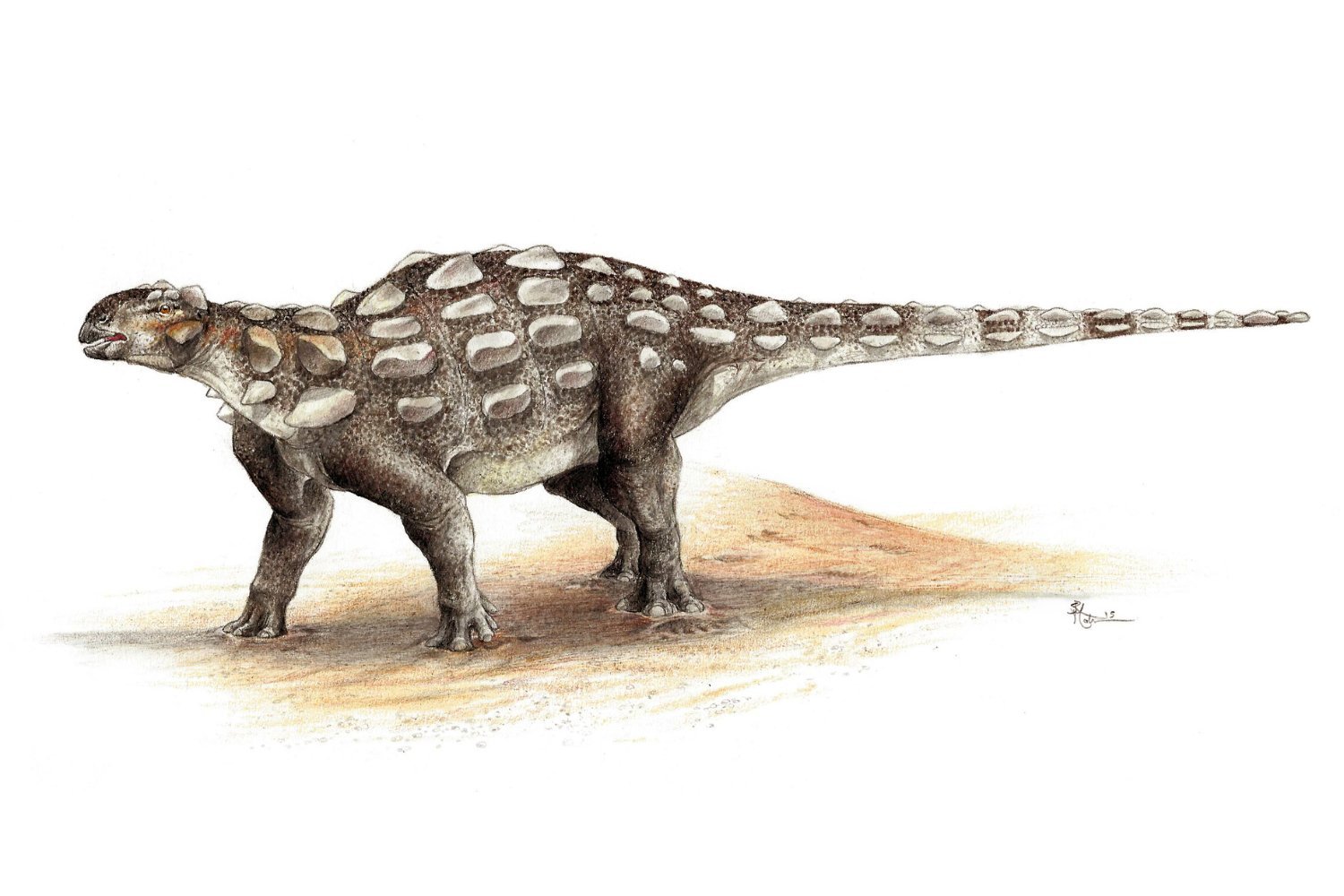Colossal Biosciences has announced a groundbreaking achievement: the birth of the world’s first “de-extinct” dire wolves. This milestone, revealed Monday and featured in Time magazine, marks a significant advancement in the field of genetic engineering and conservation. Using a combination of gene editing and surrogate dogs, Colossal has successfully bred three dire wolf pups, named Romulus, Remus, and Khaleesi. This accomplishment follows Colossal’s successful genetic engineering of “woolly mice” and strengthens their efforts toward their ultimate goal: resurrecting the woolly mammoth.
The Dire Wolf: An Ice Age Predator
The dire wolf (Aenocyon dirus) roamed the Americas during the Late Pleistocene epoch, from 129,000 to 11,700 years ago, before going extinct around 9,500 years ago. These large canines, often larger than today’s gray wolves and possessing more robust teeth, were formidable predators, likely adapted to hunt the megafauna of the Ice Age. Their recent portrayal in the HBO series Game of Thrones has brought them into popular culture.
Colossal’s Approach: Functional De-Extinction
Colossal’s dire wolf pups, Romulus, Remus, and Khaleesi, were born to surrogate large hound mixes. Romulus and Remus were born in October, followed by Khaleesi in the winter. All three pups are reportedly thriving under constant veterinary care in a secure 2,000-acre ecological preserve, the location of which remains undisclosed for their protection.
It’s crucial to understand that Colossal didn’t clone dire wolves directly from ancient DNA. Instead, they reconstructed the dire wolf genome, identified key genetic differences from the gray wolf, and made precise edits to gray wolf DNA. Twenty edits were made, 15 of which focused on genes believed to influence size and facial characteristics. These modified cells were then used to create embryos that were implanted into surrogate mothers.
Genetic Engineering and Conservation Implications
The gray wolf, the dire wolf’s closest living relative, has a genome of approximately 2.45 billion base pairs. The dire wolf genome differs by roughly 0.5%, representing about 12 million base pairs. While Colossal’s work provides the most comprehensive analysis of the dire wolf genome to date, they acknowledge that they are still far from fully capturing the genetic complexity of the extinct species. Their analysis supports the gray wolf as the dire wolf’s closest living relative, potentially contradicting some recent research suggesting a closer relationship with jackals.
Colossal’s “functional de-extinction” prioritizes the health of the animals. They avoided genetic changes that might compromise the pups’ well-being, opting for safer alternatives that still resulted in the desired phenotypes. This approach acknowledges the ethical considerations surrounding de-extinction.
A New Era in Genetic Engineering
Colossal’s achievement extends beyond the dire wolf. They also announced the successful birth of four red wolves, a critically endangered species, using their cloning technology. With only 17 to 19 red wolves in the wild and 270 in captivity, this represents a significant contribution to conservation efforts.
Colossal’s work raises both scientific and ethical questions. Whether these animals are truly dire wolves will be debated. However, the successful birth of these pups signifies a major breakthrough in genetic engineering, potentially ushering in a new era of species revival. Colossal remains committed to its ambitious goal of bringing back the woolly mammoth by 2028.
This groundbreaking development, whatever its classification, marks a significant turning point in our ability to manipulate the genetic code and raises important questions about the future of conservation and the very definition of extinction.




